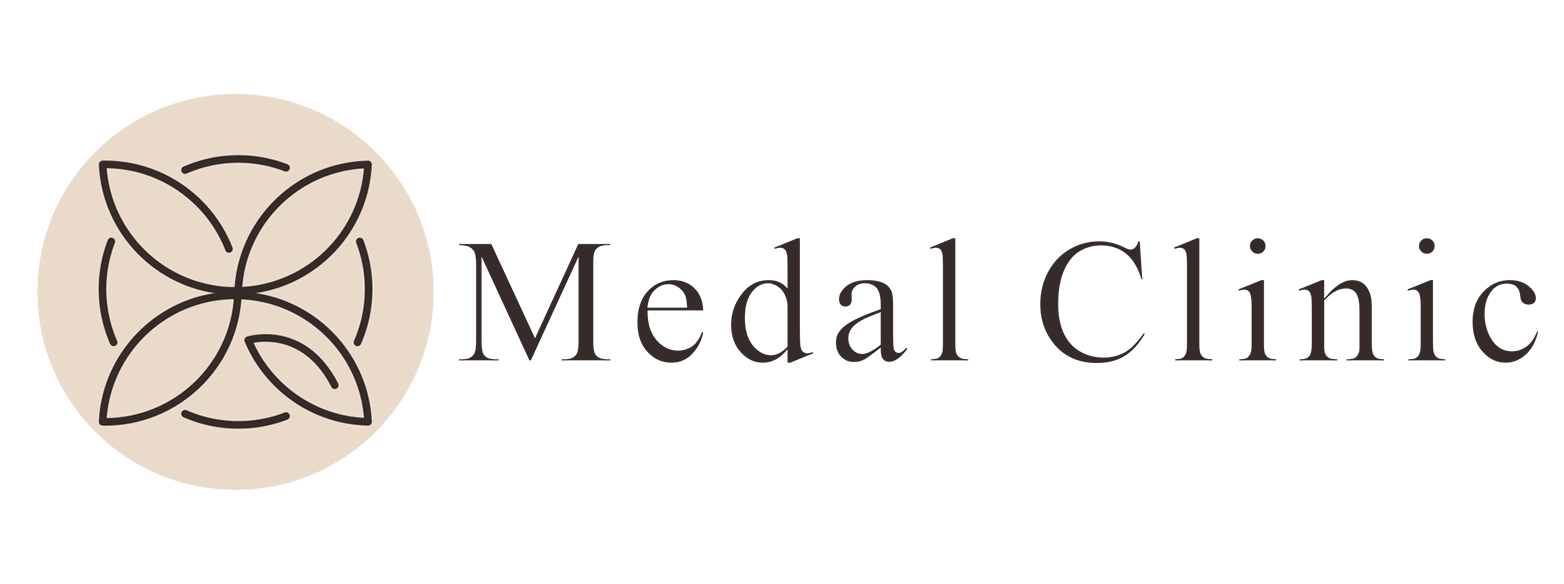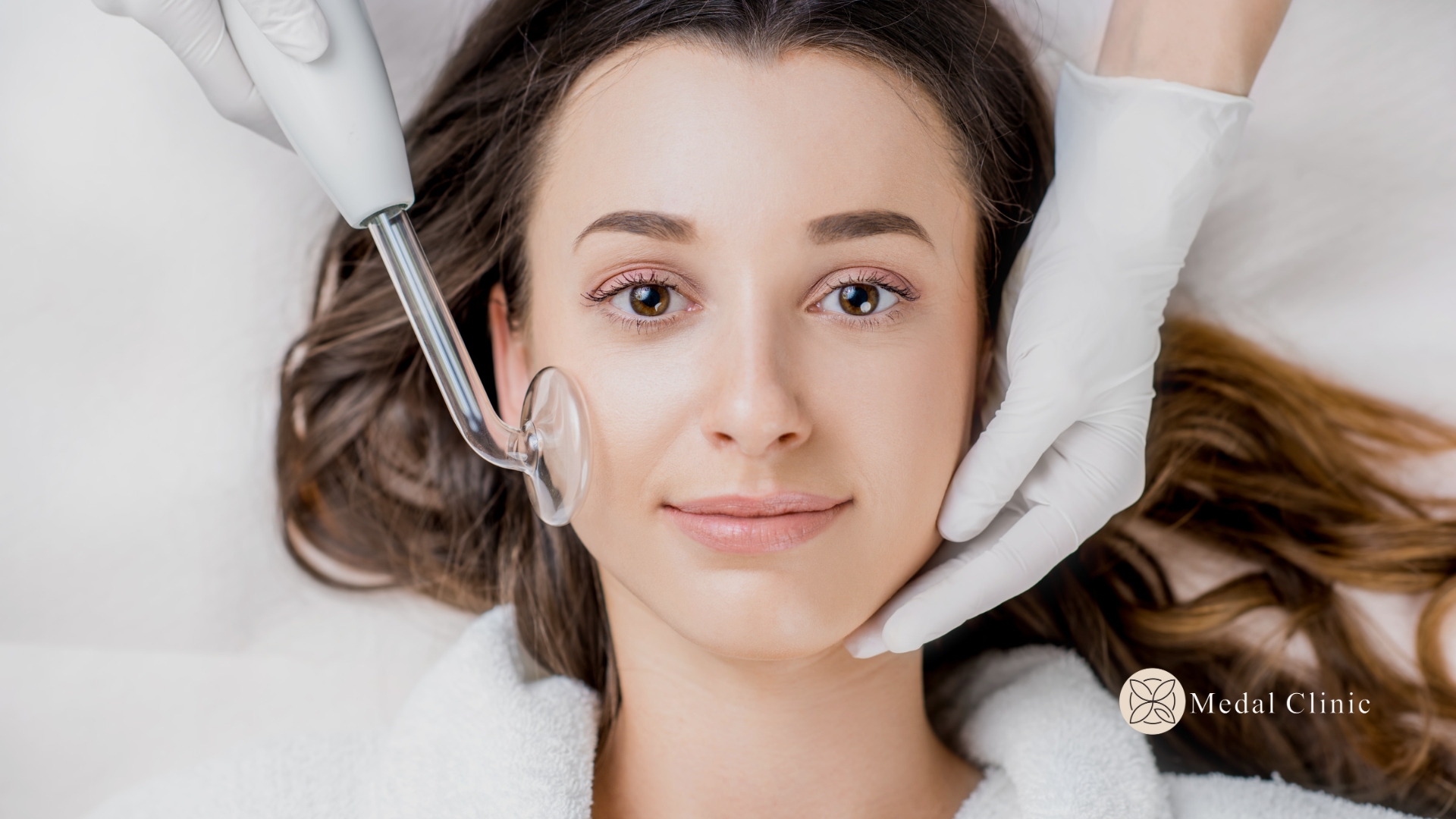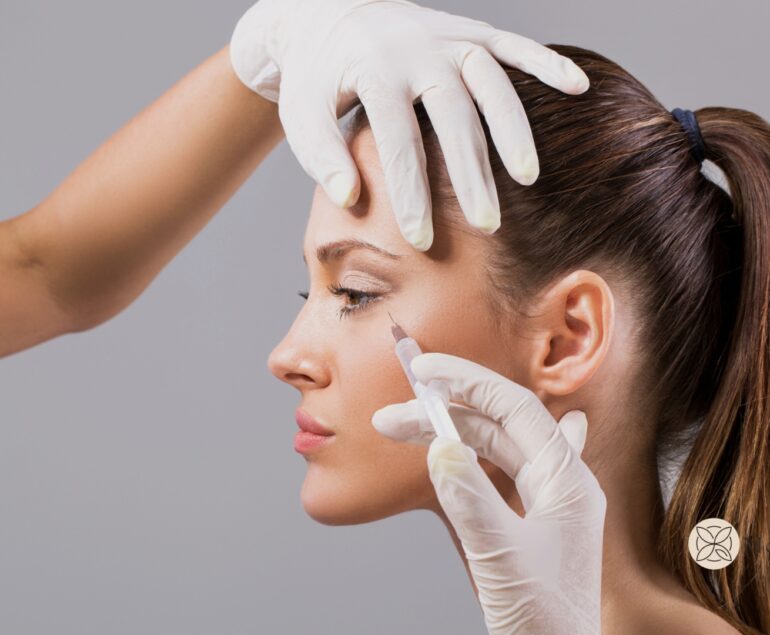Non-Surgical Facial Rejuvenation: Exploring Your Options
As we age, it’s natural for our skin to show signs of wear and tear, such as wrinkles, fine lines, and sagging. In the past, the only way to address these concerns was through surgical procedures. However, with advancements in cosmetic treatments, non-surgical facial rejuvenation has emerged as a popular alternative. In this blog post, we will explore some of the options available for non-surgical facial rejuvenation, allowing you to make an informed decision about your cosmetic goals.
Dermal Fillers: Dermal fillers have revolutionized the field of non-surgical facial rejuvenation. These injectable substances, often made from hyaluronic acid, collagen, or calcium hydroxyapatite, help restore volume, smooth out wrinkles, and enhance facial contours. Dermal fillers can target areas such as the cheeks, lips, nasolabial folds, and under-eye hollows, providing instant results with minimal downtime. The effects can last from several months to over a year, depending on the type of filler used.
Botox and Dysport: Botulinum toxin type A, commonly known as Botox or Dysport, is another popular non-surgical option for facial rejuvenation. These injectables work by temporarily relaxing the muscles responsible for causing wrinkles and fine lines. Botox is often used to treat crow’s feet, forehead lines, and frown lines, resulting in a smoother, more youthful appearance. The procedure is quick, virtually painless, and requires no downtime. Results typically last for three to six months, after which additional treatments may be necessary to maintain the effects.
Chemical Peels: Chemical peels involve applying a solution to the skin, which causes controlled exfoliation and subsequent regeneration of the skin’s upper layers. This process helps reduce the appearance of fine lines, wrinkles, age spots, and uneven skin tone. Chemical peels can be customized based on the patient’s specific needs, ranging from superficial peels with minimal downtime to deeper peels that require a few days of recovery. Multiple treatments may be necessary to achieve optimal results, and the effects can last for several months.
Laser Resurfacing: Laser resurfacing is a non-surgical treatment that uses laser technology to improve the texture and tone of the skin. It can address a wide range of concerns, including wrinkles, scars, pigmentation irregularities, and age spots. The laser works by removing the outer layers of damaged skin, stimulating collagen production and revealing smoother, healthier skin underneath. Depending on the desired results and the extent of treatment, downtime can vary from a few days to a couple of weeks. The effects of laser resurfacing can last for several years with proper skincare and sun protection.
Microdermabrasion and Microneedling: Microdermabrasion and microneedling are non-invasive procedures that promote skin rejuvenation through controlled exfoliation and stimulation. Microdermabrasion involves using a device to gently remove the outermost layer of dead skin cells, revealing a refreshed complexion. Microneedling, on the other hand, uses tiny needles to create controlled micro-injuries, triggering collagen production and improving skin texture. Both procedures are relatively comfortable, require no downtime, and can be performed in a series of sessions for cumulative results.
Non-surgical facial rejuvenation offers a range of options for individuals seeking to enhance their appearance without undergoing surgery. From dermal fillers and Botox to chemical peels, laser resurfacing, and minimally invasive treatments like microdermabrasion and microneedling, there is a solution for nearly every cosmetic concern. It’s crucial to consult with a qualified cosmetic professional to determine which approach is best suited for your specific needs and goals. Remember, each person’s skin is unique, and a personalized treatment plan will yield the most satisfactory results. With the advancements in non-surgical techniques, achieving a youthful, refreshed appearance has never been easier or more accessible.
FAQ's
What is non-surgical facial rejuvenation?
Non-surgical facial rejuvenation refers to cosmetic procedures that aim to enhance the appearance of the face without the need for surgery. These treatments typically involve injectables, lasers, chemical peels, or minimally invasive techniques to address signs of aging, such as wrinkles, fine lines, volume loss, and skin texture irregularities.
Who is a suitable candidate for non-surgical facial rejuvenation?
Non-surgical facial rejuvenation is suitable for individuals who want to improve specific cosmetic concerns but prefer to avoid surgery or have minimal downtime. It’s important to consult with a qualified cosmetic professional who can assess your individual needs and medical history to determine if you are a suitable candidate for these treatments.
Are non-surgical procedures safe?
When performed by trained and experienced professionals, non-surgical facial rejuvenation procedures are generally safe. However, it’s essential to choose a reputable clinic or practitioner to ensure the highest level of safety and minimize the risk of complications. Discuss any underlying medical conditions or allergies with your provider to ensure the treatments are suitable for you.
How long do the results of non-surgical facial rejuvenation last?
The duration of results varies depending on the specific treatment and individual factors. Dermal fillers typically last several months to over a year, while Botox and Dysport effects typically last three to six months. Chemical peels and laser resurfacing can yield results that last for months or even years with proper skincare and sun protection. Regular maintenance treatments may be necessary to maintain the desired outcome.
Are non-surgical facial rejuvenation procedures painful?
Most non-surgical facial rejuvenation procedures are well-tolerated and involve minimal discomfort. Techniques such as dermal filler and Botox injections are usually associated with only minor discomfort, which can be further reduced with the use of topical or local anesthesia. Laser treatments and chemical peels may cause some temporary discomfort or sensation similar to a mild sunburn, but it can be managed with appropriate aftercare instructions and prescribed medications.
What is the downtime associated with non-surgical facial rejuvenation?
One of the advantages of non-surgical facial rejuvenation is that it typically involves minimal downtime. Many treatments allow patients to resume their daily activities immediately or within a short period. However, some procedures, such as deeper chemical peels or certain laser resurfacing treatments, may require a few days to a couple of weeks of recovery time. Your provider will give you specific post-treatment instructions to optimize healing and minimize any potential side effects.
Are there any risks or side effects associated with non-surgical facial rejuvenation?
While non-surgical procedures generally have a low risk of complications, some potential side effects may include temporary swelling, redness, bruising, or sensitivity at the treatment site. Rarely, more severe complications may occur, such as infections, allergic reactions, or scarring. Choosing a qualified practitioner and following their instructions for before and aftercare can significantly minimize these risks.
Can non-surgical facial rejuvenation completely replace surgical procedures?
Non-surgical facial rejuvenation procedures can address certain cosmetic concerns and provide noticeable improvements. However, they may not achieve the same level of dramatic and long-lasting results as surgical procedures like facelifts or eyelid surgery. In some cases, a combination of non-surgical and surgical approaches may be recommended to achieve optimal outcomes. Your cosmetic professional can guide you in determining the most suitable options for your specific goals.




